

20-09-24
Financial statements are the backbone of a company’s financial health, helping business owners, investors, and stakeholders assess performance and stability. Two of the most crucial financial reports are the income statement and the balance sheet. While both provide insights into a company's financial position, they serve distinct purposes.
An income statement, also known as a profit and loss (P&L) statement, tracks a business’s revenues, expenses, and profitability over a specific period—monthly, quarterly, or annually. It provides a summary of financial performance by answering: "Did the company make a profit or incur a loss?"
The income statement is crucial for profitability analysis, helping businesses determine if they are earning enough to cover expenses and generate profits.
A balance sheet provides a snapshot of a company’s financial position at a specific moment in time. It answers: "What does the company own and owe?" Unlike the income statement, which measures performance over time, the balance sheet represents a single point in time.
A balance sheet helps businesses assess their financial stability, liquidity, and ability to meet financial obligations.
| Aspect | Income Statement | Balance Sheet |
|---|---|---|
| Purpose | Measures profitability | Shows financial position |
| Timeframe | Covers a period (monthly, quarterly, annually) | Snapshot of a specific moment |
| Key Components | Revenue, expenses, net income | Assets, liabilities, equity |
| Interdependence | Net income affects retained earnings in the balance sheet | Equity links both reports |
Both reports are interconnected—the net income from the income statement contributes to the retained earnings in the balance sheet.
The income statement helps business owners and investors understand whether the company is profitable or facing financial challenges.
The balance sheet reveals a company’s liquidity, debt levels, and overall financial standing, helping stakeholders assess risk.
Accurate financial statements ensure businesses calculate tax liabilities correctly and comply with regulations.
Lenders and investors rely on both reports to evaluate financial health before extending credit or investing in a business.
At 360 Accounting Pro Inc., we provide expert financial reporting services to help businesses maintain accurate and up-to-date records. Here’s how we can assist:
We prepare precise income statements and balance sheets that comply with accounting standards, ensuring accuracy and transparency.
Our experts provide detailed financial insights tailored to your business needs, helping you make informed decisions.
With well-prepared financial statements, we simplify tax calculations, deductions, and compliance, reducing the risk of penalties.
We create custom management reports (Learn More) to help businesses track financial performance and make data-driven decisions.
Our accounting services ensure your financial statements are audit-ready and meet regulatory standards, preventing compliance issues.
A small retail business was struggling with inaccurate financial records, affecting their decision-making and tax planning.
At 360 Accounting Pro Inc., we are committed to helping businesses achieve financial clarity and success. Whether you need financial statement preparation, tax planning, or customized financial reporting, we are here to support you every step of the way.
Understanding the difference between an income statement and a balance sheet is vital for making sound business decisions. These financial reports form the foundation of profitability analysis, financial stability, tax compliance, and investment planning.
Let 360 Accounting Pro Inc. help you achieve financial clarity and long-term business success. Contact us today to streamline your financial reporting and elevate your business operations.
Tags : #IncomeStatement #BalanceSheet #FinancialReports #BusinessAccounting #TaxCompliance #360AccountingPro


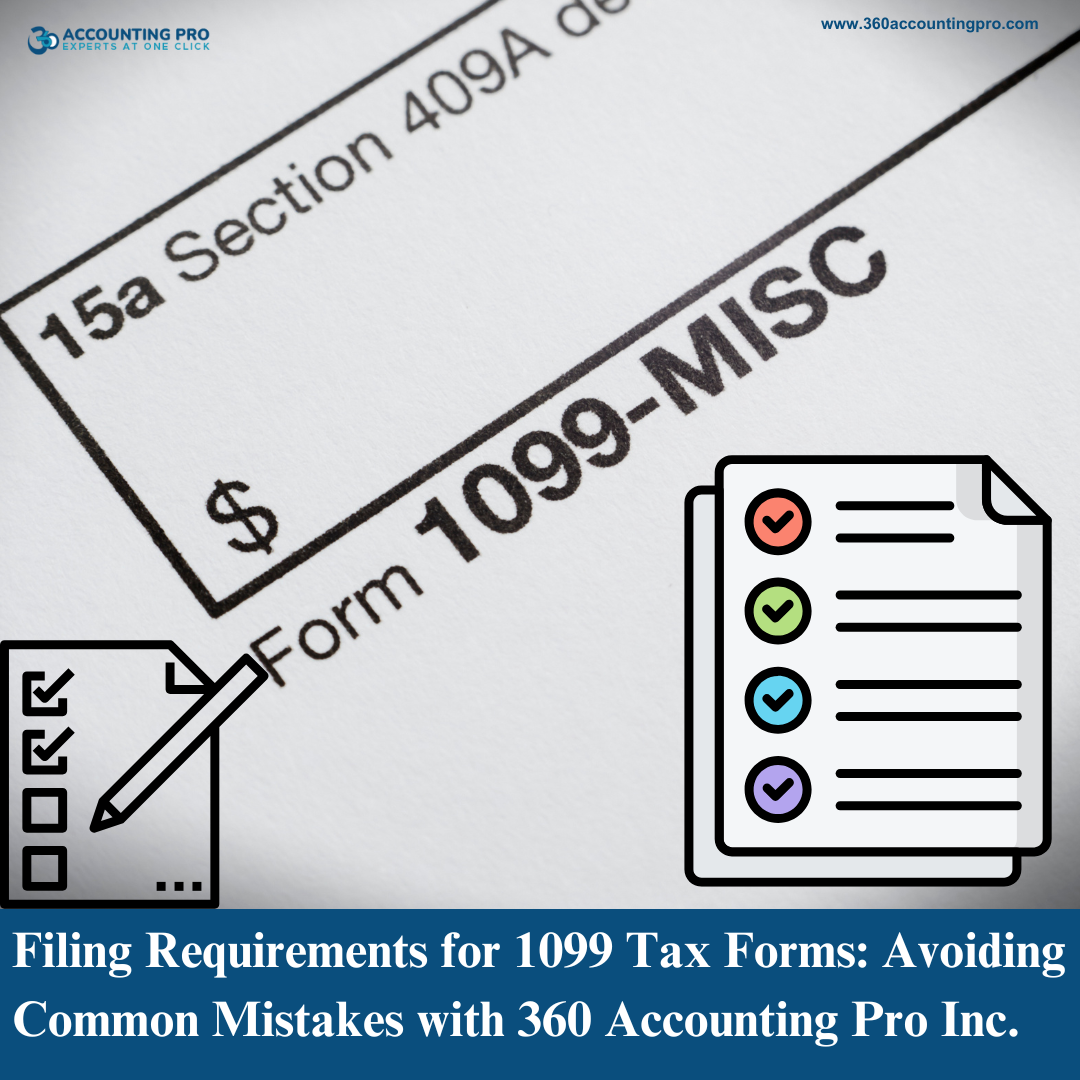



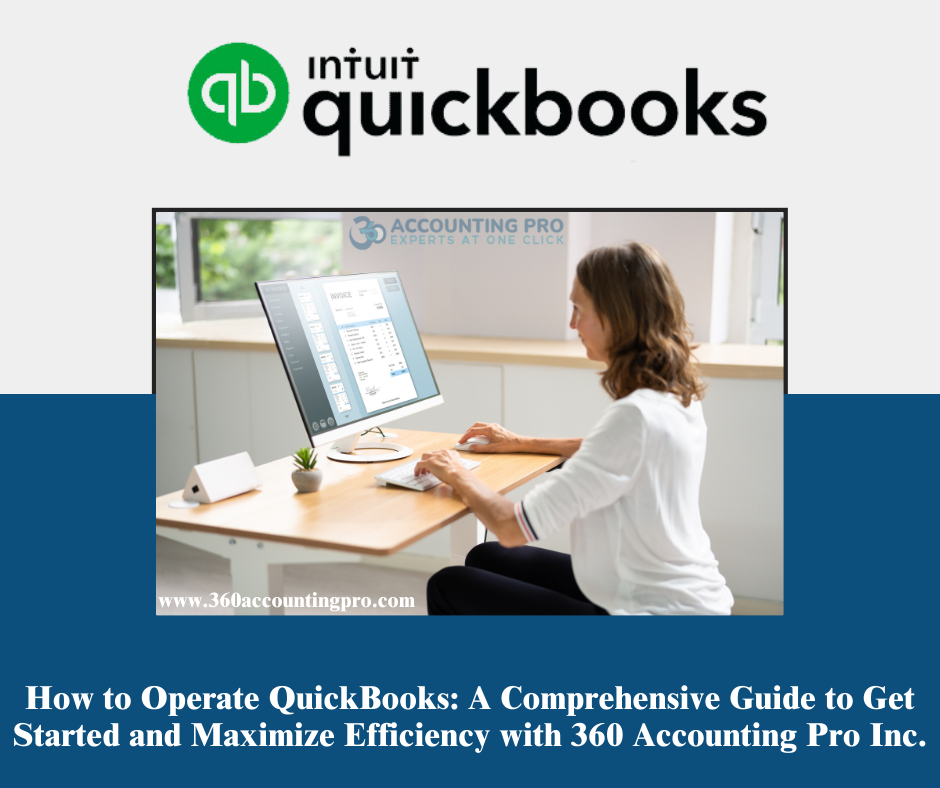

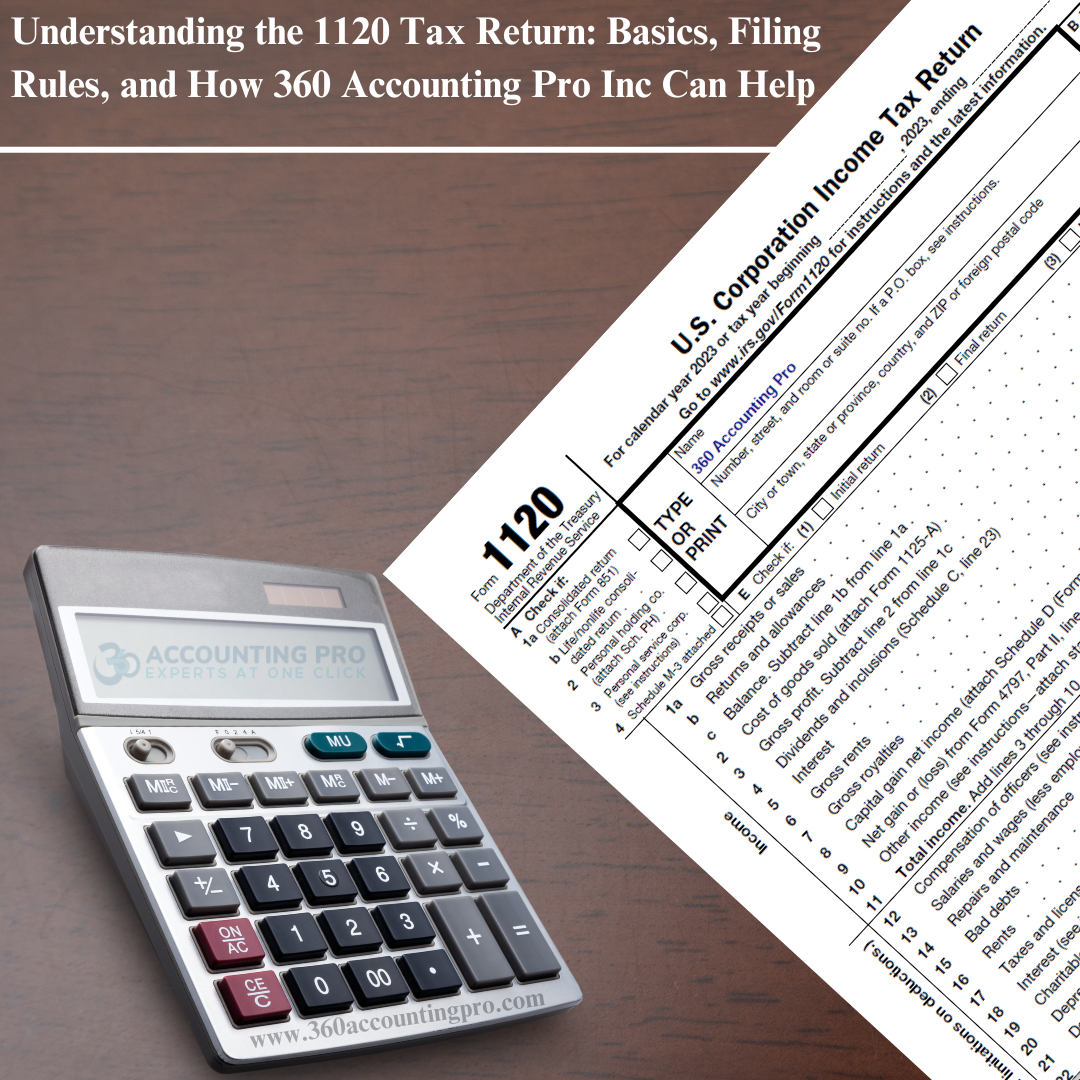
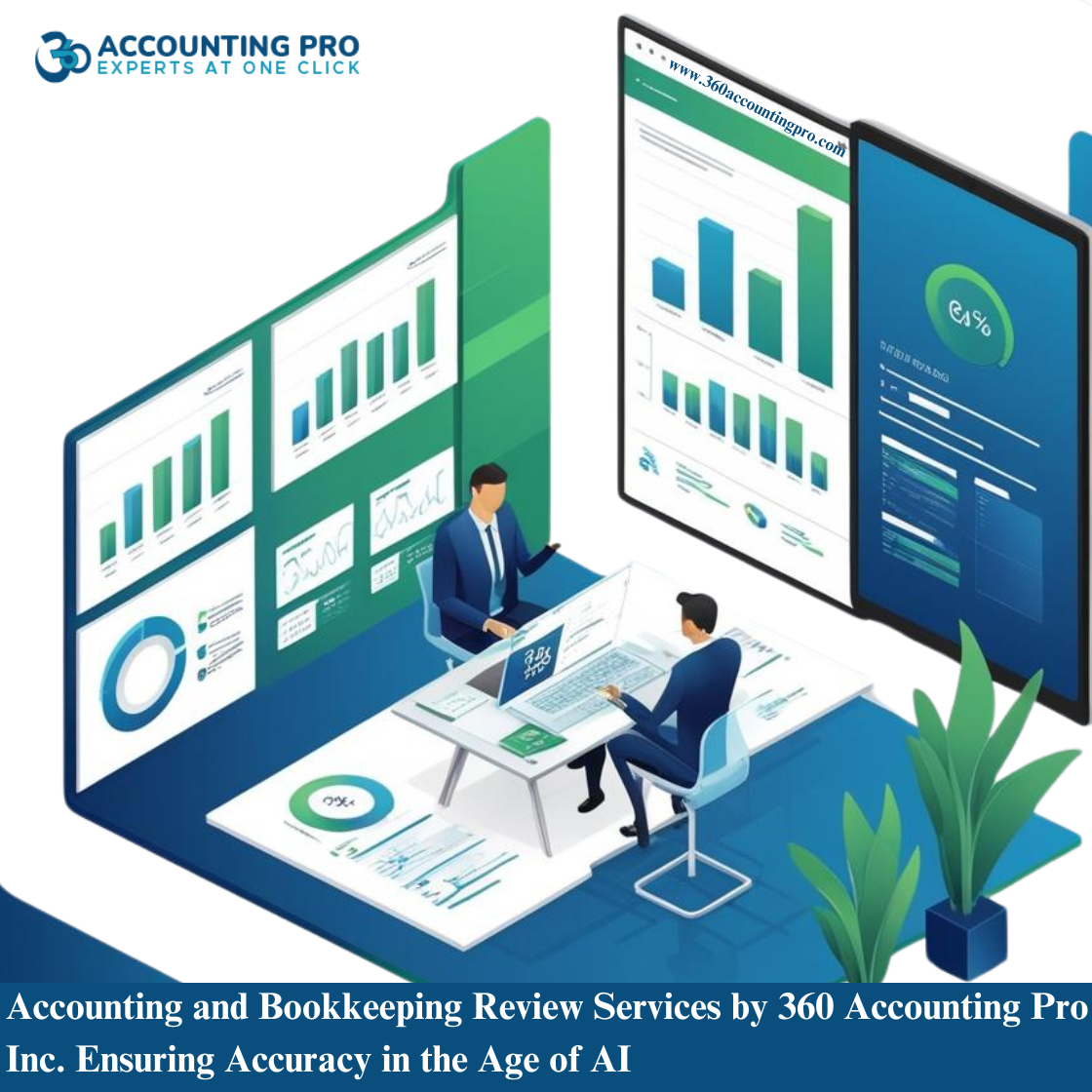
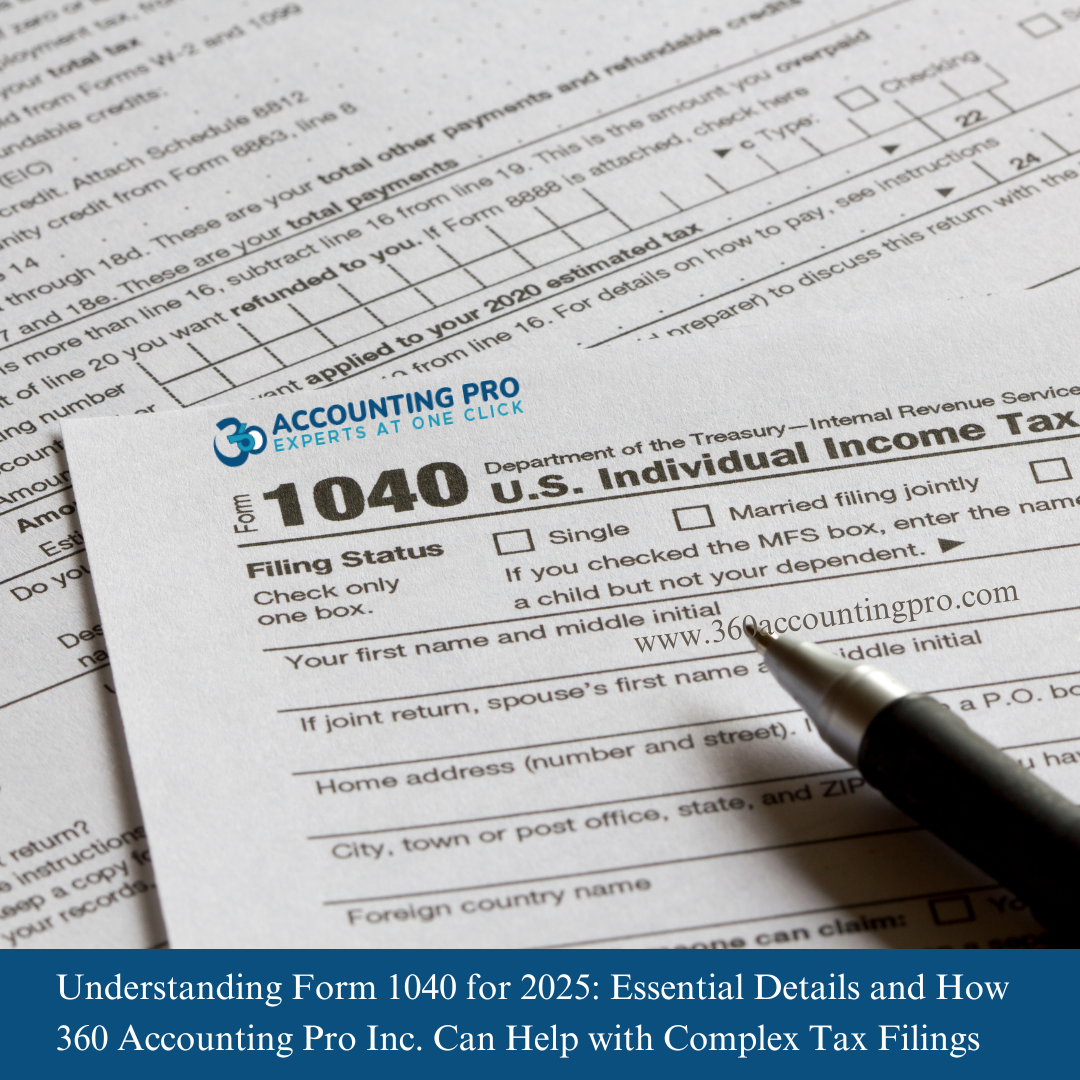




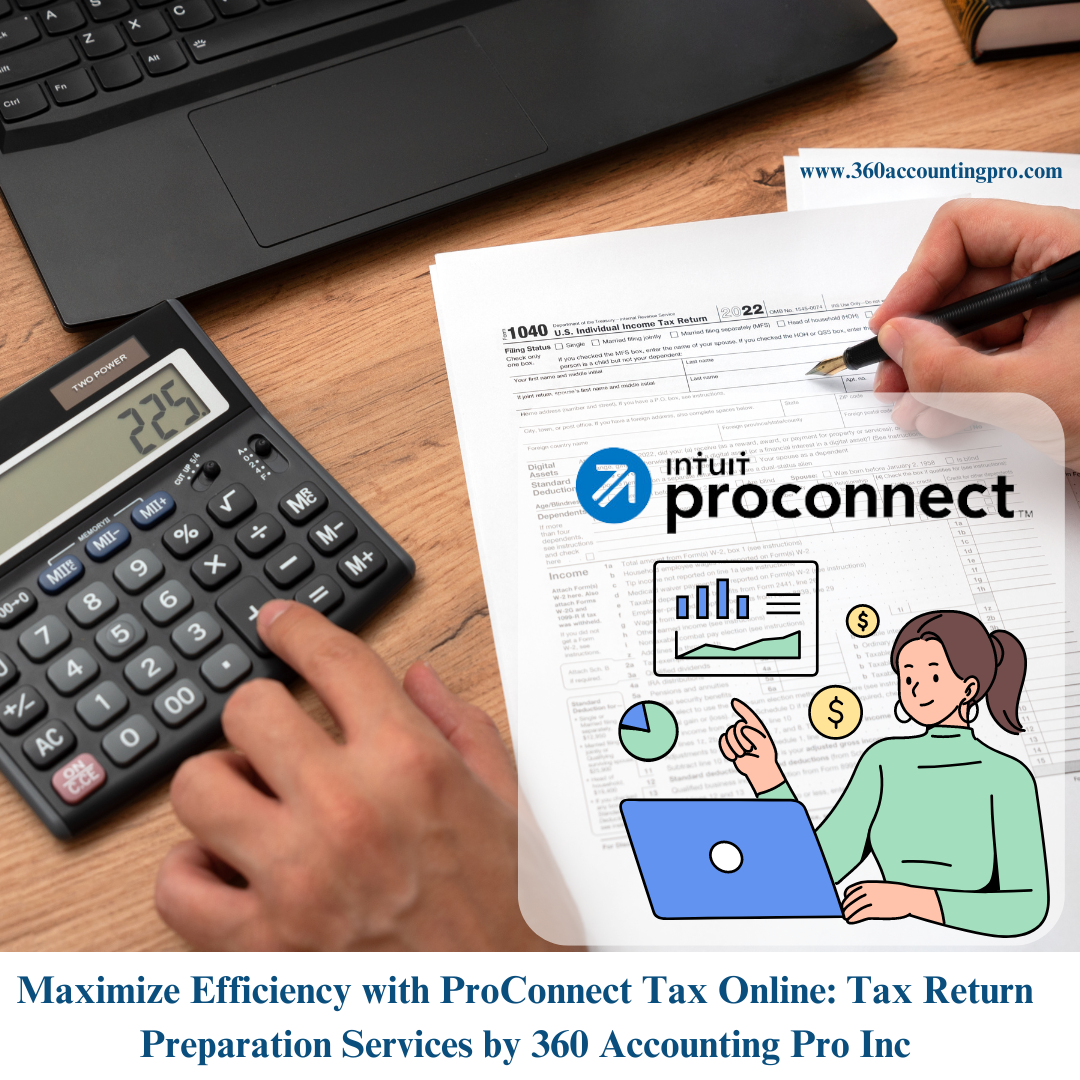




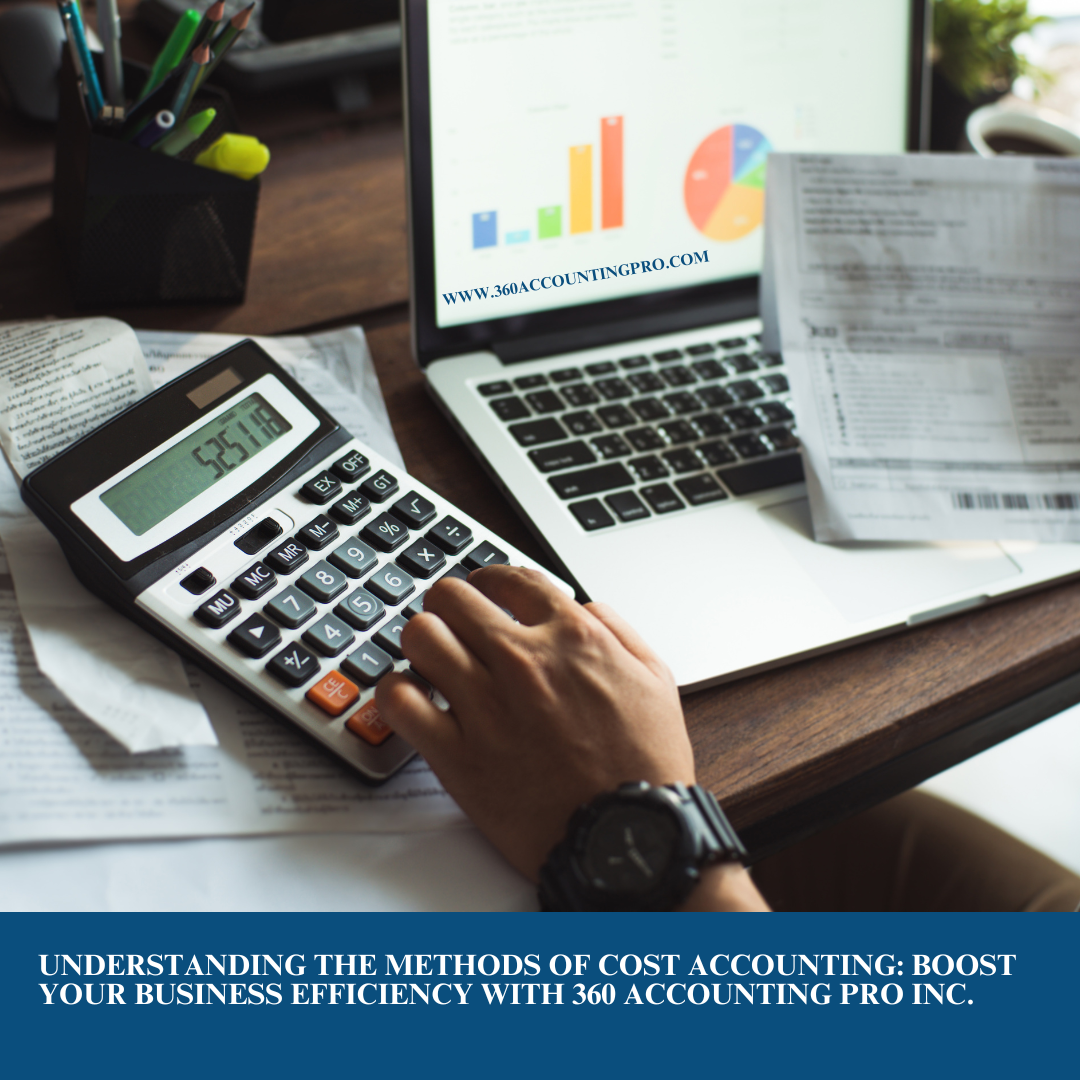
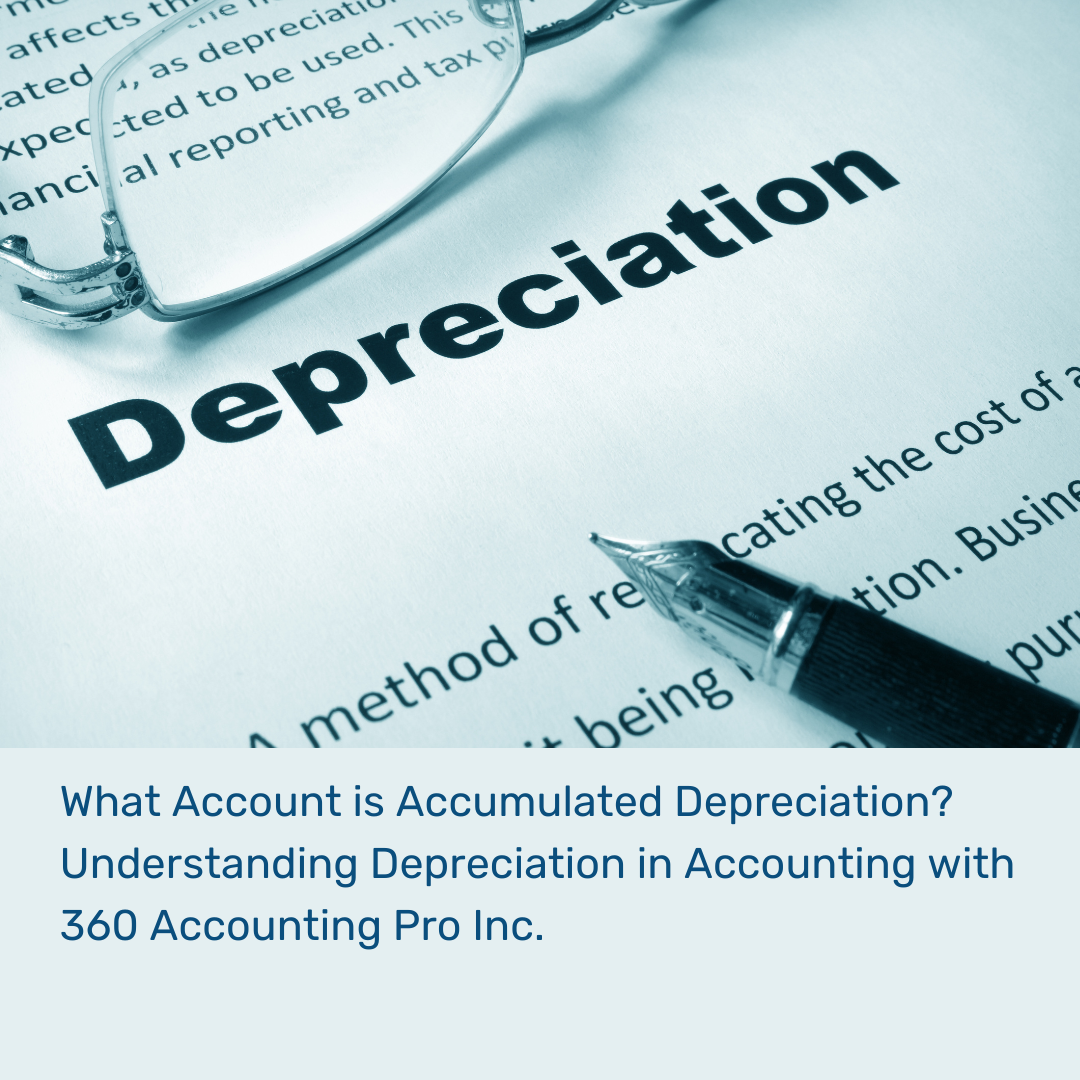
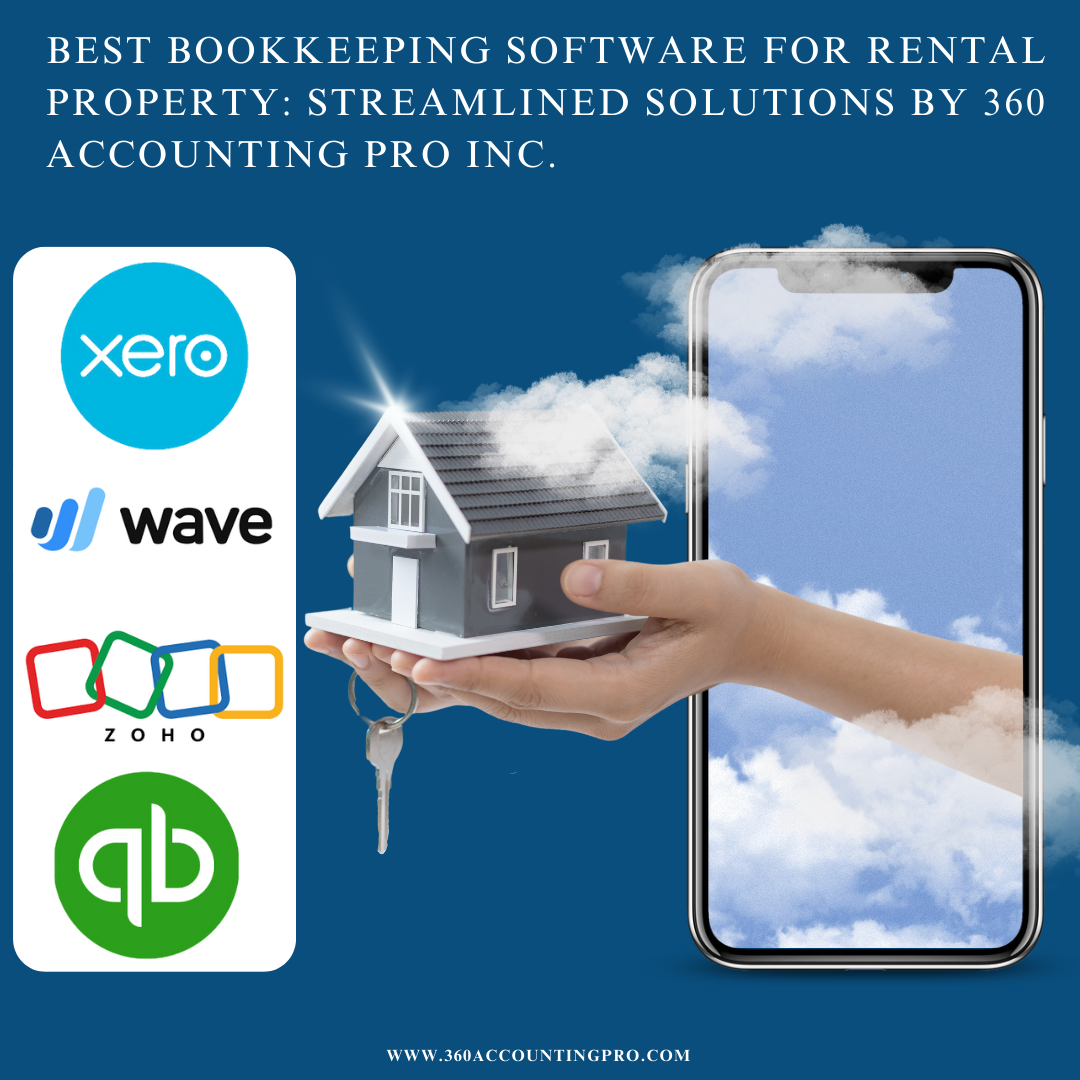


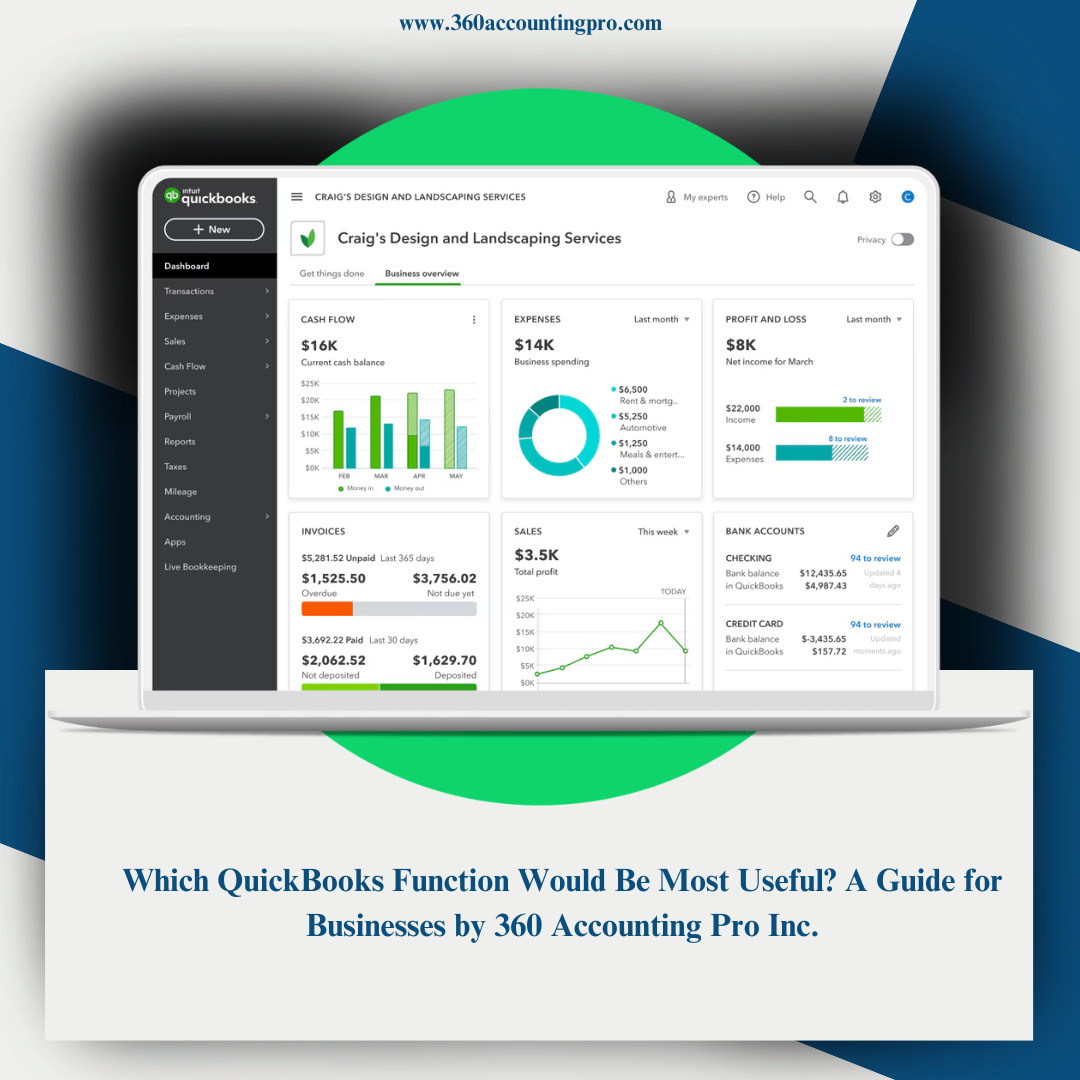
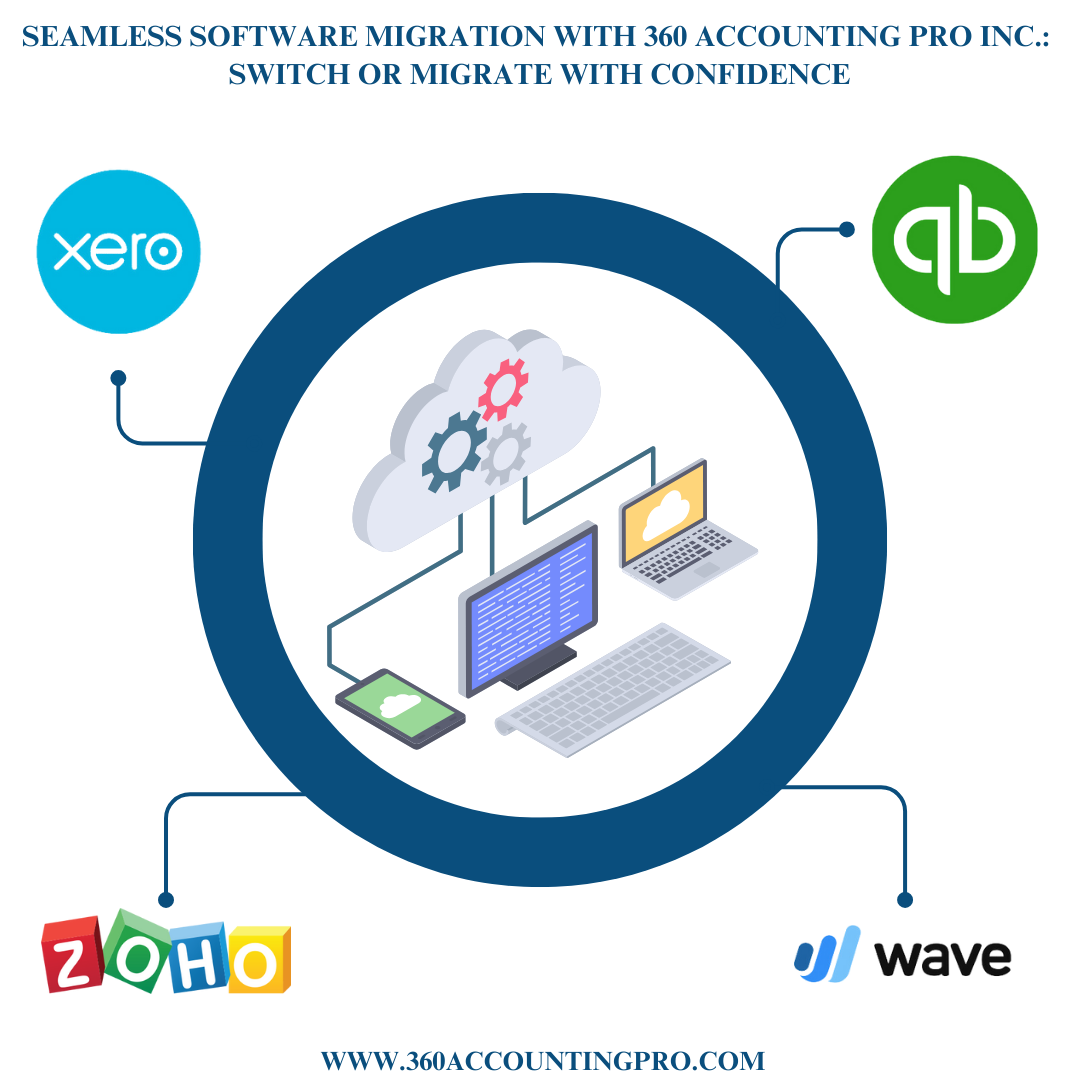







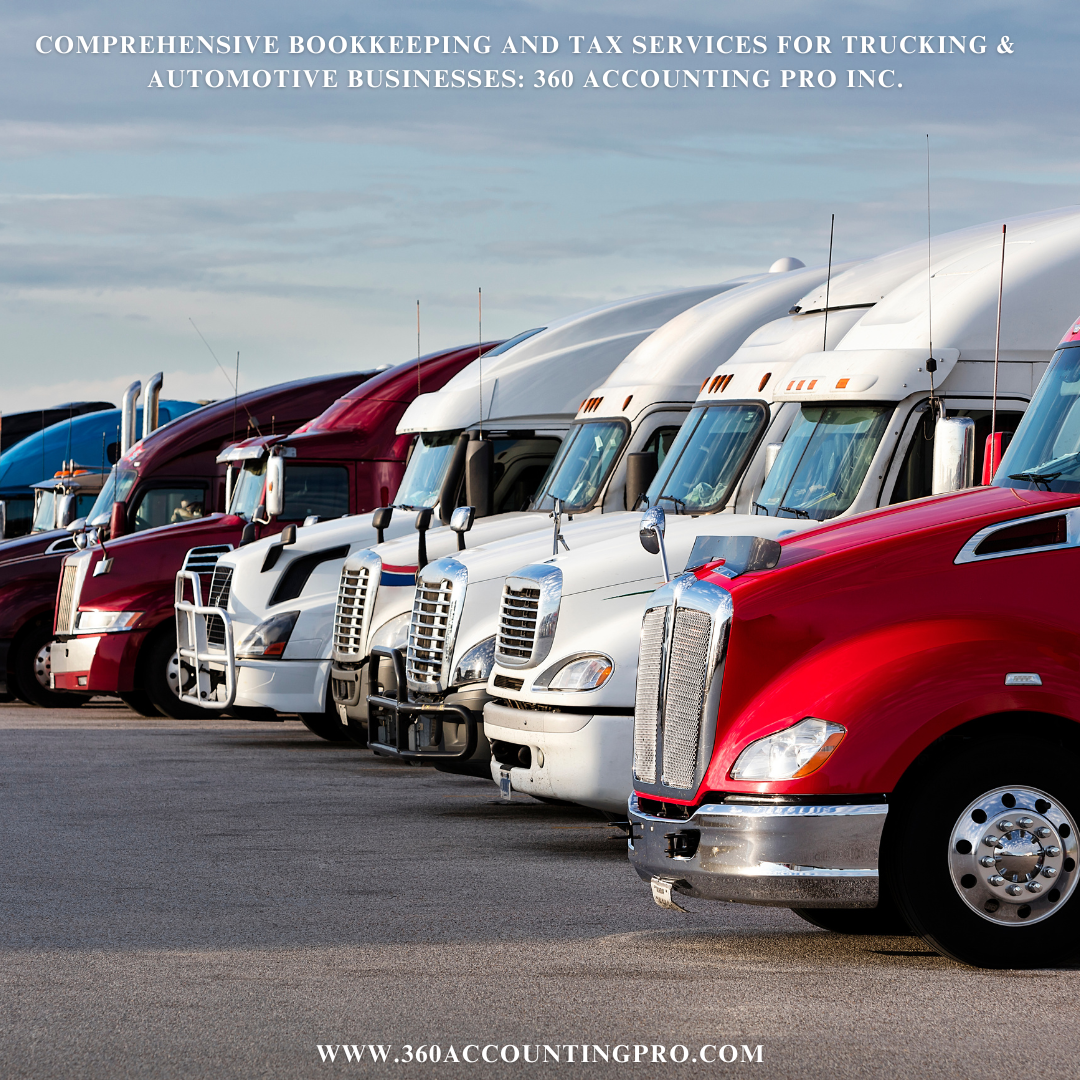










.jpg)
.jpg)
.jpg)
.jpg)


).jpg)











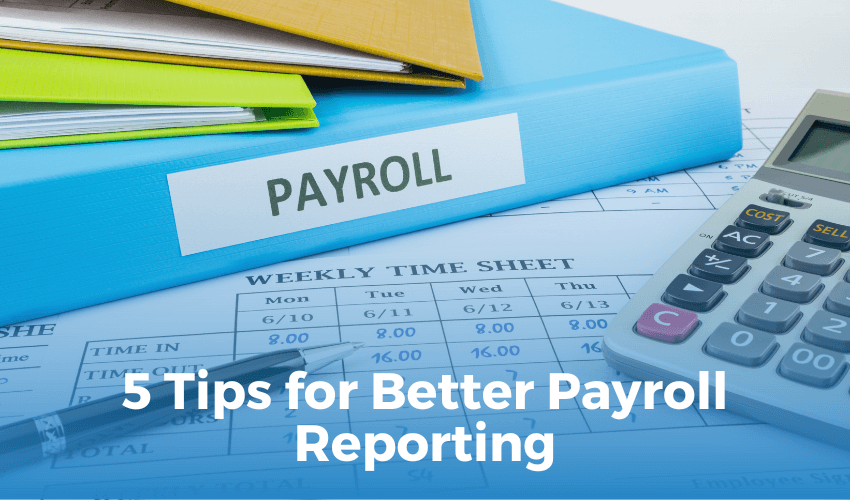


 Get A Quote
Get A Quote
Leave A Comment